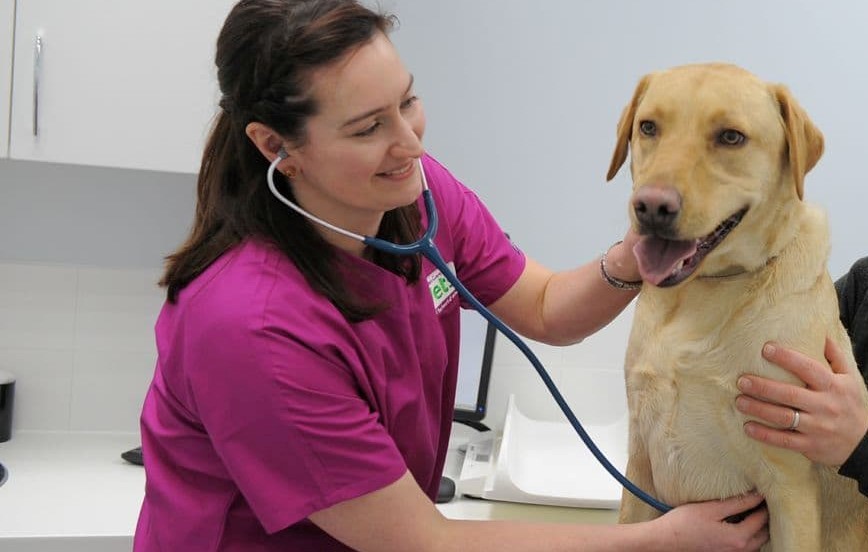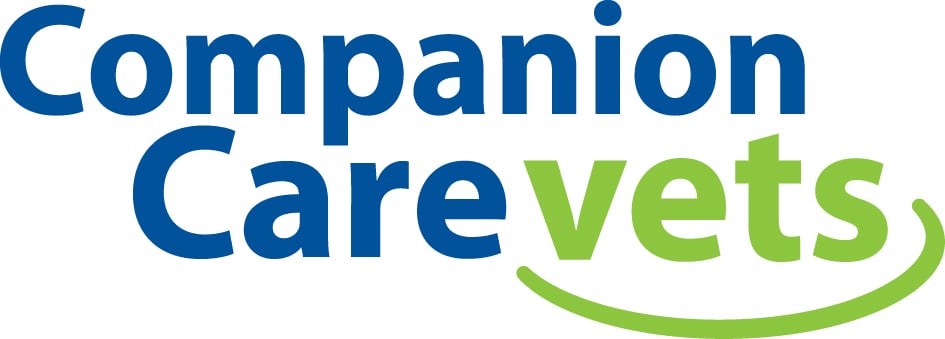
Behind the scenes: Dental treatment
Problem teeth can cause your pet all kinds of health problems
What happens behind the consulting room door at your veterinary clinic can seem like a mystery. This guide outlines an average day at the clinic for one of our dental patients, from admit at the start of the day, to sending them home in the evening.
Dental treatment is a common and routine part of veterinary clinic. Pets however are always individual and any methods and procedures below may be altered to better fit your pet. Your vet and nurse team will always be happy to discuss the personal care of your animal.
Dental treatment step by step
Once your clinical team have recommended dental intervention and you have booked the treatment with the clinic, you will bring your pet to the clinic to stay for the day.
Cats and dogs will come in starved, and your vet will tell you from when you need to withhold food. Rabbits should be encouraged to eat throughout, as it is very important for their digestive health. You will meet with one of the vets or nurses at the clinic, who will check your pet is healthy enough to undergo an anaesthetic and weigh your pet.
You will also be given a consent form to sign before you go, which also has your contact details for the day.
Our team will settle your pet into a kennel and make sure they are comfortable. Rabbits will be offered plenty of food. We always try to keep patients as relaxed as possible, with plenty of cuddles and reassurance! Pets who are having pre-anaesthetic blood screens, or will be on a drip during the procedure, will have these now.
Dental procedures are routinely carried out under general anaesthetic. In dogs and cats the anaesthetic drugs can be given by an injection into a front leg, so you may see a shaved patch of hair here. Once your pet is asleep, anaesthetic gas is given to keep them sleeping. Your pet will be monitored constantly whilst under anaesthetic; checking heart and breathing rate, as well as temperature.
All the teeth will be checked, including under the gums using a probe, and a chart of your pet’s mouth will be made. Missing teeth will be identified, and any teeth that are not working (loose, broken, retained or rotten) will be also be noted as these will be painful to your pet. Dental x-rays can be used to examine deeper, checking the health of the tooth roots.
Your cost may have included time for extractions if teeth in need of removal were visible or suspicious at the initial dental examination. Your vet will want to remove any teeth that are causing pain or are deteriorating. In animals where the teeth are worse than initially thought, this may mean having some extractions today, and further dental work at a second procedure. In rabbits overgrown teeth will be filed and shaped and, in some cases, removed.
All healthy teeth are scaled using an ultrasonic scaler. This removes tartar, scale and bacteria from the teeth and from under the gums. A small motorized rubber cup along with an abrasive polishing compound is then used to polish the teeth. This helps smooth the surface of the teeth, discouraging plaque and bacteria from adhering.
Once your pet’s procedure is over, the anaesthetic gas is turned off and they will wake up over the course of a few minutes. They may feel groggy or disorientated, and their recovery is always monitored by one of our clinical team. They will be offered food once they are fully awake, and we will ring you to let you know how they are feeling and what we found in their mouth, as well as confirming or arranging a discharge time. Your pet will be cared for over the rest of their stay to make sure they are as comfortable as possible.
